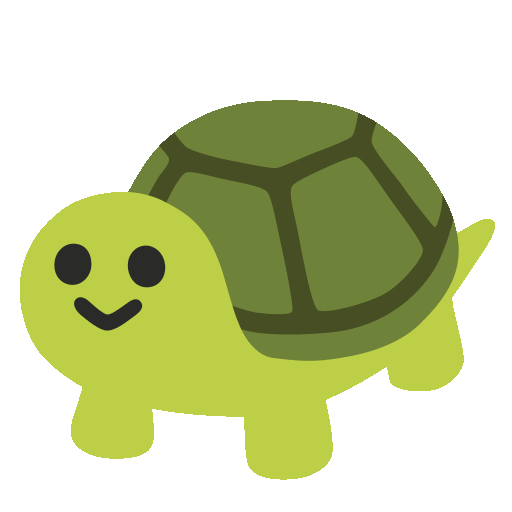The difference between Dreambooth and LoRA
Dreambooth
Dreambooth is primarily used for fine-tuning image generation models, such as those based on diffusion models (e.g., Stable Diffusion). The key idea behind Dreambooth is to personalize a pre-trained model to generate images of a specific subject or concept that the model was not originally trained on. This is achieved by fine-tuning the model on a small set of images of the target subject, along with a unique identifier (e.g., a rare token or word) that is associated with the subject.
Purpose: Personalization and style adaptation, often for generating images of specific subjects (e.g., training the model on a person’s face, pet, or specific style).
How it Works: It fine-tunes the entire model using a few images of a specific subject, embedding the new subject into the model.
Training Data: Requires a small set of images (typically 3–20).
File Size: Produces large fine-tuned models, often hundreds of megabytes to several gigabytes.
Training Time: Longer, usually requiring several hours depending on hardware.
Use Case: When you want the AI to recognize a new concept (e.g., a new character, person, or style).
LoRA (Low-Rank Adaptation)
LoRA, on the other hand, is a technique used to fine-tune large pre-trained models, particularly in NLP, by introducing low-rank matrices that adapt the model's weights. Instead of fine-tuning the entire model, LoRA adds a small number of trainable parameters to the model, which are used to adapt the model's behaviour for a specific task or domain. This approach is more efficient in terms of computational resources and memory usage compared to full fine-tuning.
Purpose: Efficient fine-tuning of existing models with minimal impact on the original weights.
How it Works: It modifies only a small subset of the model’s parameters, using low-rank matrices to adapt the weights without retraining the entire model.
Training Data: This can be trained on fewer images than DreamBooth but is also used for general style or concept learning.
File Size: Much smaller than DreamBooth (usually 2–200MB).
Training Time: Faster, often within minutes to an hour on good hardware.
Use Case: When you want to modify a model’s style, add a new artistic technique, or refine details while keeping the base model intact.
Key Differences Summarized:
| Feature | Dreambooth | LoRA |
|---|---|---|
| Training | Fine-tunes the entire model | Introduces and trains smaller layers |
| Training time | Longer /Slow |
Faster |
| Resource usage /computational cost | Higher (needs powerful GPU) | Lower (works on lower-end GPUs) |
| Storage space | Higher (2–4 GB)🐘 | Lower (5–200 MB) |
| Result quality | Generally higher |
Can be slightly lower |
| Consistency | Generally more consistent | Can be slightly less consistent |
| Modifies the Entire Model? | Yes | No(only small layers) |
| Overfitting Risk | High if not done properly | Lower |
| Flexibility | Can fully integrate into a model | Can be applied to existing models dynamically |
Summary
Dreambooth is focused on personalizing/ specialized image generation models to produce images of specific subjects or concepts, often requiring fine-tuning the entire model or a significant portion of it. LoRA is a more general technique for efficiently fine-tuning large models by introducing low-rank matrices, making it suitable for adapting models to specific tasks or domains with minimal computational overhead. LoRA is a broader technique for efficient model adaptation across various tasks and domains
Which One to Choose / When to Use What?
The best choice depends on your needs and resources.
If you prioritize high quality and consistency and have the resources, Dreambooth might be preferable.
If you need faster training and have limited resources, LoRA is a great alternative.
If you need custom subjects (like a specific person's face or object), use DreamBooth.
If you want efficient fine-tuning for styles, lighting, or artistic effects, use LoRA.
Postscript
Natural Language Processing or NLP, is a field of computer science and artificial intelligence (AI) that focuses on helping computers understand, interpret, and work with human language. In simple terms, it’s about teaching machines to "read," "understand," and even "speak" like humans do.
Here’s a breakdown of what NLP does in everyday terms:
- Understanding Language: NLP helps computers make sense of text or speech. For example, when you talk to a virtual assistant like Siri or Alexa, NLP is what allows it to understand your words and respond appropriately.
- Processing Language: It involves breaking down sentences, identifying words, and figuring out their meanings. For instance, NLP can tell the difference between "I love pizza" and "I hate pizza" by understanding the emotions behind the words.
- Generating Language: NLP can also help computers create human-like text. For example, when you use a chatbot or get an auto-generated email response, NLP is working behind the scenes to produce that text.
Examples of NLP in Action
- Translation: Tools like Google Translate use NLP to convert text from one language to another.
- Spell Check: When your phone or computer corrects your spelling, that’s NLP at work.Eg: Grammarly
- Voice Assistants:Siri, Alexa, and Google Assistant use NLP to understand and respond to your voice commands.
- Chatbots: When you talk to a customer service bot online, NLP helps it understand your questions and provide relevant answers.
- Sentiment Analysis: Companies use NLP to analyze social media posts or reviews to understand how people feel about their products.




